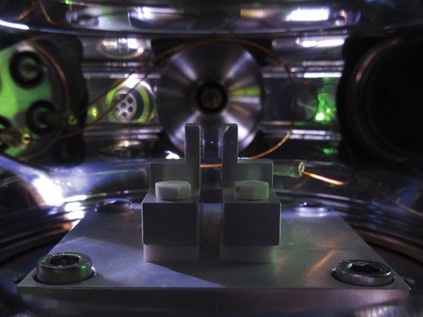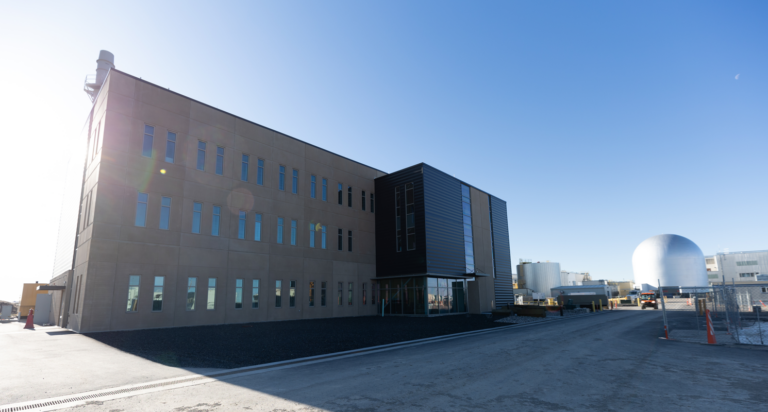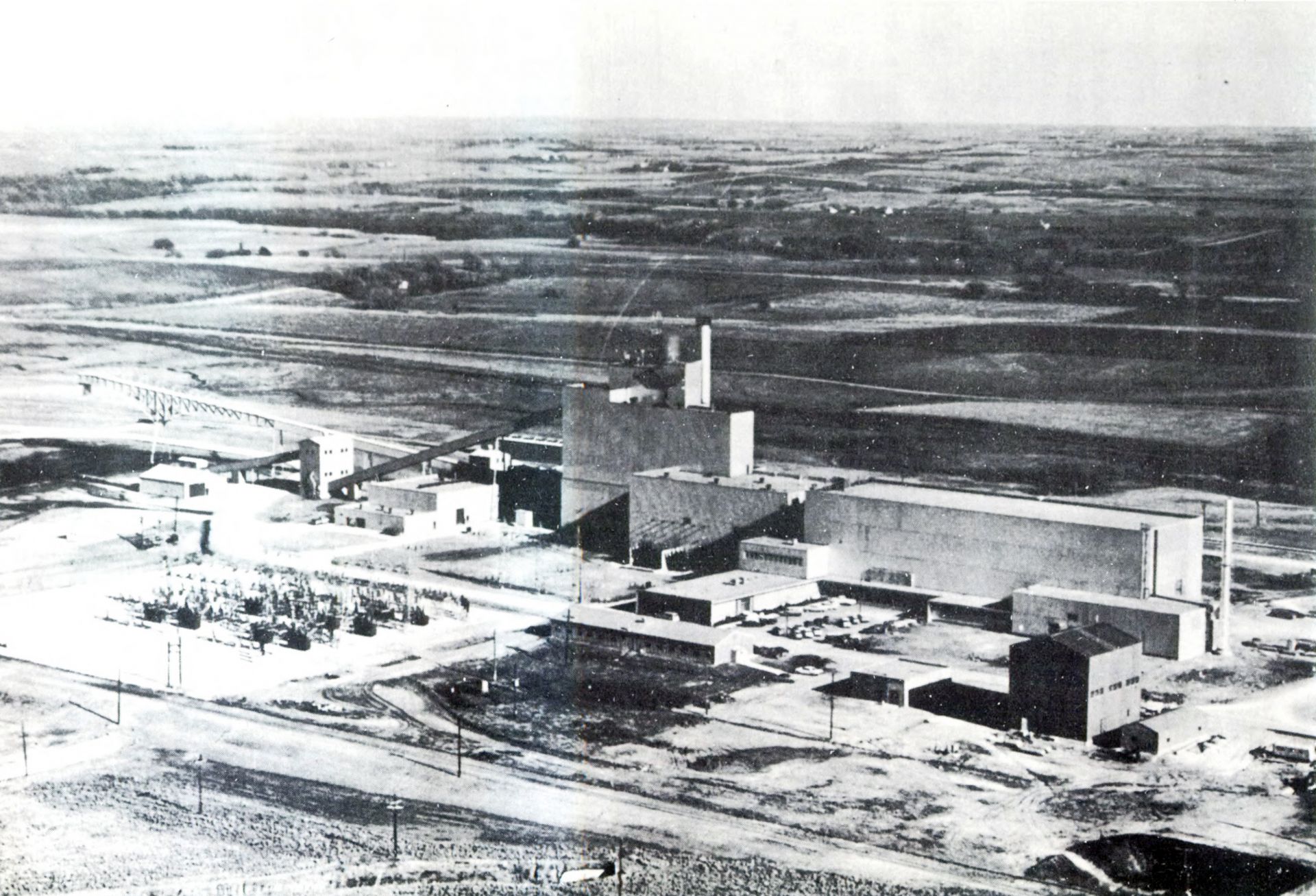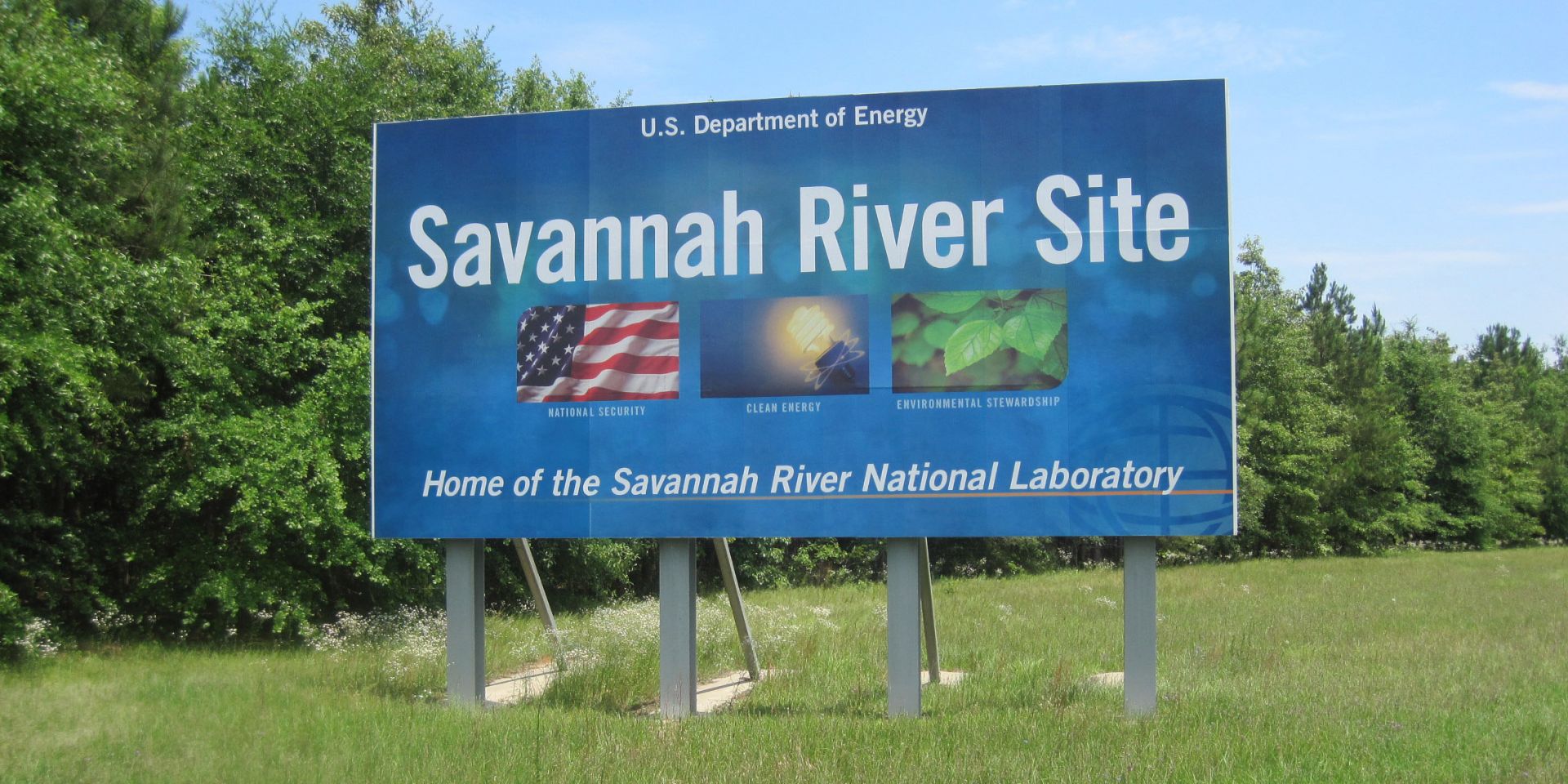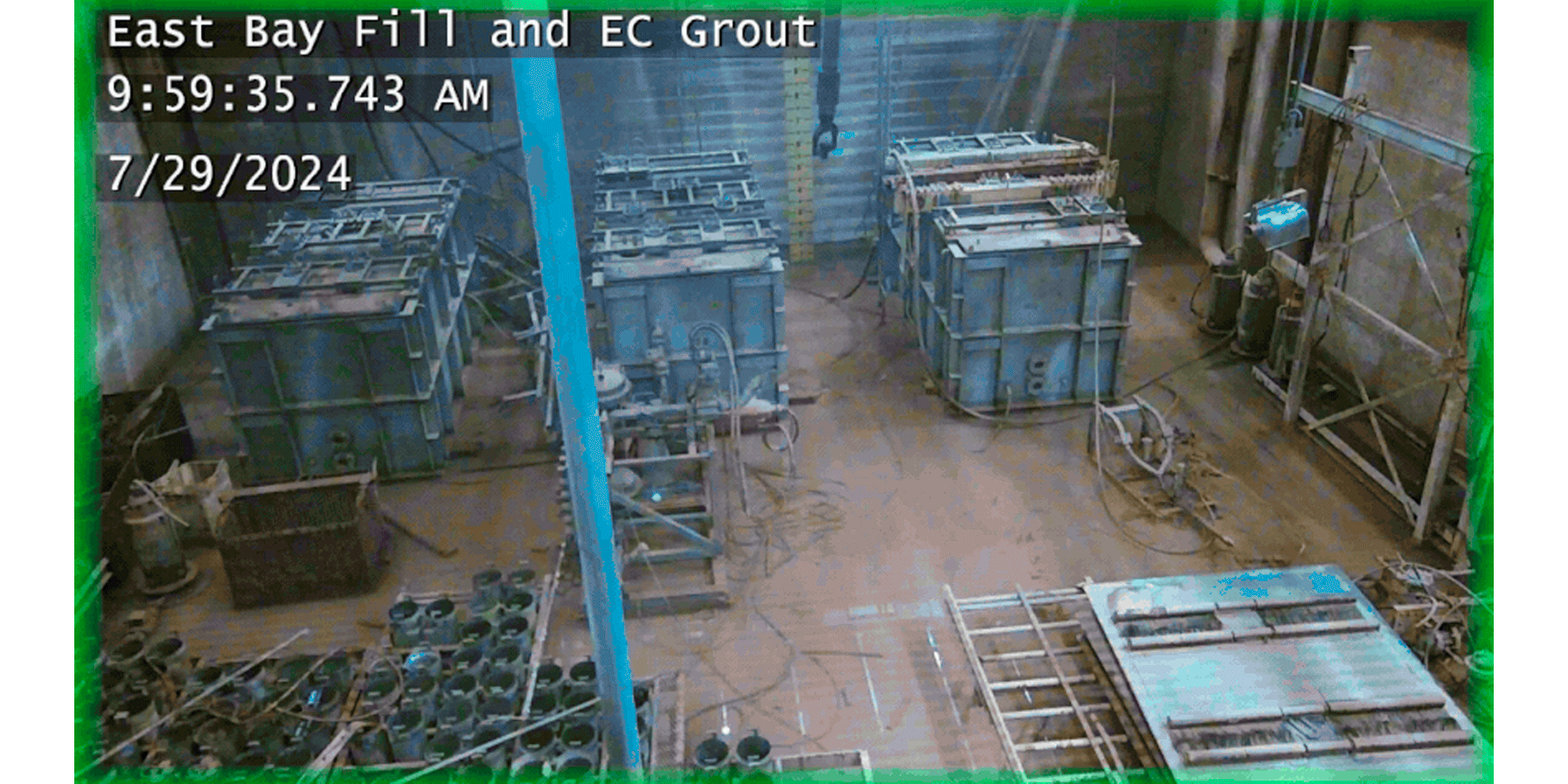A still shot from the Senate ENR Hearing to Examine Fusion Energy Technology Development.
Hours before the Senate Committee on Environment and Natural Resources (ENR) opened a scheduled September 19 hearing on fusion energy technology development, CNN published an article titled “The US led on nuclear fusion for decades. Now China is in a position to win the race.” The article was entered into the hearing record, but senators had already gotten the message.
Heat pipes transfer heat out of the eVinci microreactor’s core and allow for air cooling without using water or pressurized gas. (Photo: DOE)
Westinghouse Electric Company has completed the front-end engineering and experiment design (FEEED) for a prototype microreactor at Idaho National Laboratory, the Department of Energy recently announced. The one-fifth scale version of eVinci, Westinghouse’s 5-MWe sodium-cooled heat pipe design, is one of three reactors that could be tested at the National Reactor Innovation Center’s (NRIC) DOME test bed “as early as 2026,” the DOE said.
The Waste Isolation Pilot Plant in southeastern New Mexico. (Photo: DOE)
Juno Beach, Fla.–based NextEra Energy Resources Development has been selected to enter realty negotiations for a large-scale solar electricity generation project at the DOE’s Waste Isolation Pilot Plant (WIPP) in southeastern New Mexico as part of the department’s Cleanup to Clean Energy initiative.
An optically trapped microparticle in high vacuum is visible as a white dot levitated between two lenses, which are used to focus and collect invisible infrared laser light used to trap the particle. (Photo: DOE/Yale Wright Lab)
Start talking about dust in a vacuum, and some people will think of household chores. But dust has featured in recent nuclear science and engineering headlines in curious ways: ITER is deploying oversized dust covers inspired by space satellites in the south of France, while at Yale University, researchers have watched every move of a dust-sized particle levitating in a laser beam for telltale twitches that indicate radioactive decay.
The outside of the Sample Preparation Laboratory at the Materials and Fuels Complex at Idaho National Laboratory. (Photo: INL)
Idaho National Laboratory has completed substantial construction of the first new hot cell facility at the lab site in 49 years—a Sample Preparation Laboratory (SPL) that will accelerate research, development, and qualification of structural nuclear materials for both existing and new nuclear reactors. In an announcement last week of the milestone and the ribbon-cutting ceremony held to mark it, INL said the SPL is expected to be fully operational in 2025.
Work begins on the TBI demonstration at the Hanford Site, during which 2,000 gallons of low-activity waste will be treated and shipped off-site for disposal. (Photo: DOE)
The Energy Communities Alliance (ECA), which advocates for communities adjacent to or impacted by Department of Energy sites, is asking the department to conduct an independent analysis evaluating the impacts of delaying the implementation of its statutory interpretation of high-level radioactive waste, which holds that some waste from the reprocessing of spent nuclear fuel may be classified as non-HLW.
DTC Operator Apprentice graduates include David Tolias, Scottie Tarver, Brandon Watkins, Johnaisha Patterson, Dustin Bates, Kyler McKie, Hudson Huckabee, Laura Burgess, Larry Tyler, Kevin Dickson, Matthew Darnall, John Bolin, Austin Harper, Jordan Floyd, and Mina Strickland. (Photo: DOE)
The Department of Energy’s Savannah River Site in South Carolina recently began onboarding 24 graduates from Denmark Technical College in Denmark, S.C., as part of SRS’s Production Operator Apprentice School.
Tennessee officials and lawmakers joined Orano representatives to announce Orano’s selection of Oak Ridge as its preferred site for a uranium enrichment facility. (Photo: tn.gov)
On September 4, Tennessee Gov. Bill Lee announced that Orano had selected Oak Ridge as its preferred site to build a “multibillion-dollar” uranium centrifuge enrichment facility. For Tennessee, the announcement underscores Oak Ridge’s draw for nuclear technology companies. For Orano and the nuclear power community, the announcement is another sign the nation is edging closer to adding front-end nuclear fuel cycle capacity.
Aerial view of Hallam nuclear power plant (toward right) and Sheldon Power Station (toward left). (Photo: U.S. AEC/Wiki Commons)
The Hallam nuclear power plant in Nebraska, about 25 miles southwest of Lincoln, was a 75-MWe sodium-cooled, graphite-moderated reactor operated by Consumers Public Power District of Nebraska (CPPD). It was co-located with the Sheldon Power Station, a conventional coal-fired plant. The facility had a shared control room and featured a shared turbo generator that could accept steam from either heat source.
This series of photos shows the grouting of the K West Reactor spent fuel storage basin. Workers removed nearly 1 million gallons of contaminated water before filling the 16-foot-deep basin with about 6,500 cubic yards of grout—enough to fill two Olympic-size swimming pools. (Images: DOE)
Workers at the Department of Energy’s Hanford Site in Washington state recently finished filling the last large concrete basin at the K Reactor Area with cement-like grout. The basin stored reactor fuel rods from historic plutonium production in the 1950s.




 Regardless of who is sitting in the Oval Office next year, the Department of Energy’s Office of Environmental Management needs to take a close look at itself and “launch a comprehensive review of all aspects of the EM program,” according to a new report from the Energy Communities Alliance, which represents communities adjacent to or near DOE nuclear cleanup sites.
Regardless of who is sitting in the Oval Office next year, the Department of Energy’s Office of Environmental Management needs to take a close look at itself and “launch a comprehensive review of all aspects of the EM program,” according to a new report from the Energy Communities Alliance, which represents communities adjacent to or near DOE nuclear cleanup sites.

